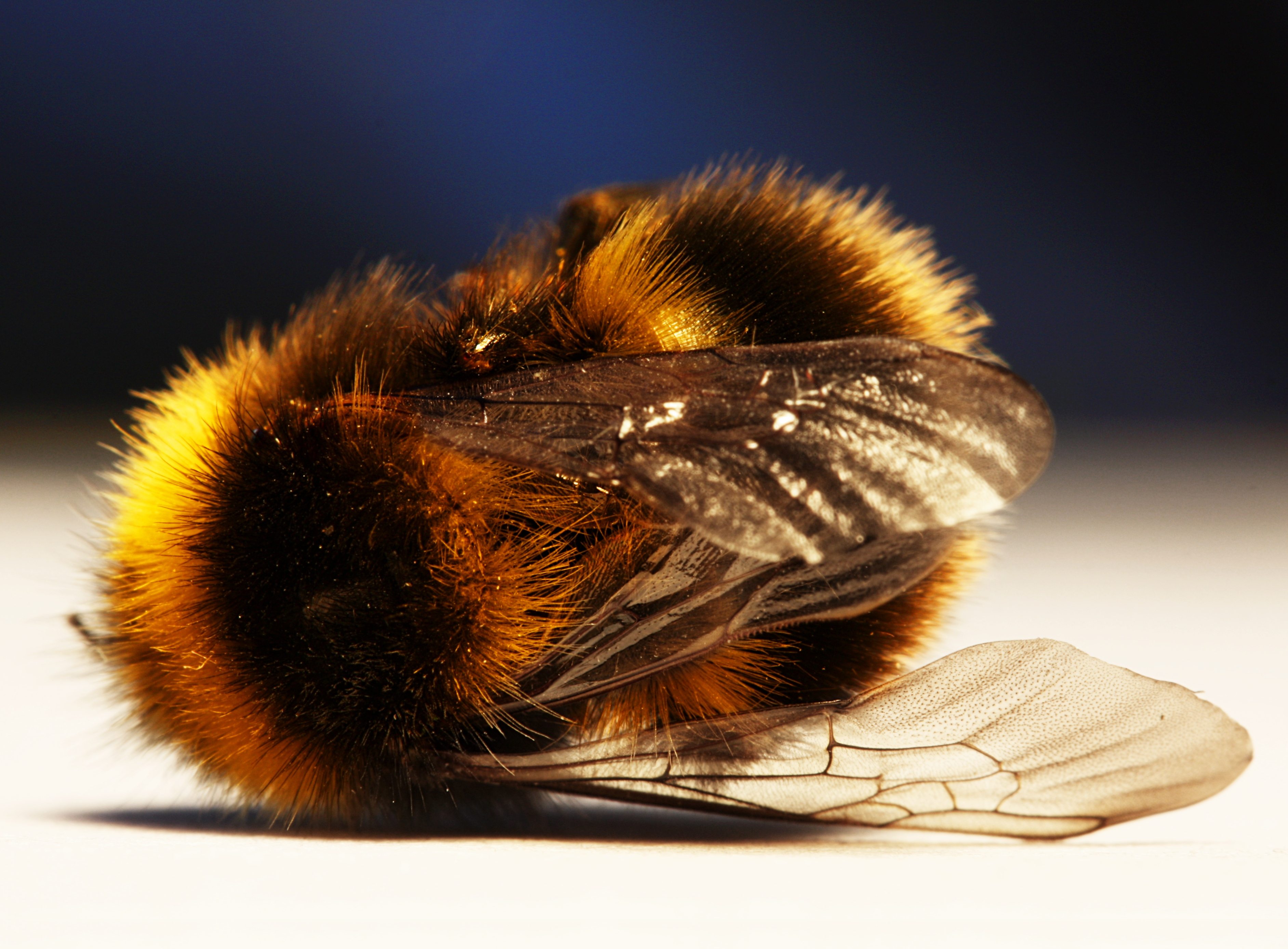Awareness
Vital Insects For All Life are Dying Out: 80% Population Decline in Nature Reserves

Headlines are currently circulating about the “Windscreen Phenomenon,” the concept that bugs no longer hit a car’s windshield very often because insect populations are plummeting.
It is mostly being discussed in Western Europe. A German amateur group called the Krefeld Entomological Society monitors insect populations at 100 nature reserves in Western Europe, and has been since the 1980’s. They discovered that by 2013, the population of insects in these reserves began to drop by an unbelievable near 80%.
For the last 10 years or so, British beekeepers have lost nearly a third of their bee colonies each year on average. This is thought to be a result of vanishing flowers and grassland: flower-rich grassland has declined an astounding 97 percent since the 1930’s.
According to Matt Shadlow, Chief Executive of British insect conservation charity Buglife:
“Just today we had a member of the public phone up and say, unprompted, that ‘the front of my car is now devoid of insects, and there are virtually no moths in the headlights.
This is part of the wholesale loss of small animals in recent decades. The public know about bees and butterflies, but these are just the tips of the iceberg. Moths, hoverflies, wasps, beetles and many other groups are now sparse where once they were abundant.”
Of course, insecticides sprayed on crops are thought to be a primary factor in the death of insects. Several academic papers and studies can be found on this topic online.
However, it’s just common sense that no flowers + insecticides everywhere = the death of insect populations. The only thing that could complicate this obvious reality is a denial of it.
Here are a couple brief, less often cited factors in the decline of insect populations.
Free-form aluminum is in the environment, causing bees to get “dementia”
Aluminum isn’t supposed to exist in the environment in free-form. It usually binds to other things too quickly to be a threat to insects or other species.
However somehow, free-form aluminum is showing up all over the US, Europe, and other places, and it is giving bees a kind of dementia.
According to Science Daily:
“A new scientific study has found very high amounts of aluminium contamination in bees, raising the question of whether aluminium-induced cognitive dysfunction is playing a role in the decline of bumblebee populations.”
This appears to be a more serious problem than is being discussed. Regulatory authorities in the US generally ignore it, while independent organizations such as Stop Spraying Us perform rain test after rain test showing elevated levels of aluminum in rainwater, from California to Oregon.
Cell towers, electromagnetic energy disrupting insect life
As one would imagine, cell towers and electromagnetic energy has an affect on insects. This has been known for a very long time.
According to an article from Natural Society:
“The electromagnetic radiation (EMR) emitted from mobile towers is so powerful that it affects the biological systems of birds, insects, and even humans. The study, released by the environment ministry, called for the protection of flora and fauna by law.”
Not much new information can be found on this topic. However if you’ve followed the development of 5G technology, and the way in which the FCC (Federal Communications Commission) is pushing the dangerous new system, you’d know it’s about to get much worse.
According to a Waking Times article titled “5G Network Being Pushed on the Public with Zero Concern for Safety”:
“The FCC (Federal Communications Commission) is pushing to streamline the approval of 5G cell towers, overriding the little regulation that exists to legalize use of experimental high frequencies without extensive safety testing. Untested frequencies in the range of 28 gigahertz to 100 Ghz or more are set to be deployed all around us without our consent, emanating from an even greater number of new, smaller cell towers.
‘To make this work, the 5G buildout is going to be very infrastructure intensive, requiring massive deployment of small cells.’ ~Tom Wheeler, Former FCC Chairman and corporate lobbyist
Some are talking about using even higher frequencies, in the terahertz range, much higher than previous networks.”
What can be derived from this? It seems everything has a consequence. Every single chemical that is synthesized and then placed somewhere in the environment has consequences that resound much further than anybody wants to take into consideration.
Less is more in this era of invisible consequences. When people see the problems day after day, and for several years straight nothing is done to better the problems as they continue to worsen, morale among activists decreases, with no end in sight to the lack of inspiration. People need their inspiration.
(Image credit: source)
Typos, corrections and/or news tips? Email us at Contact@TheMindUnleashed.com
